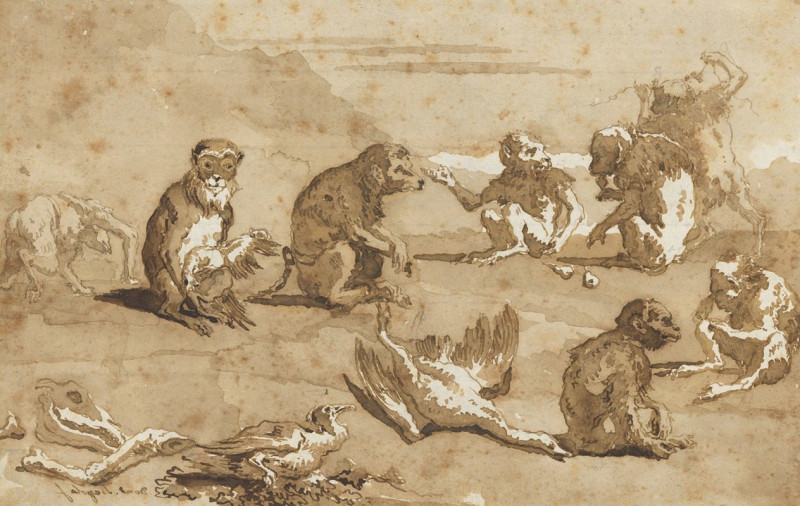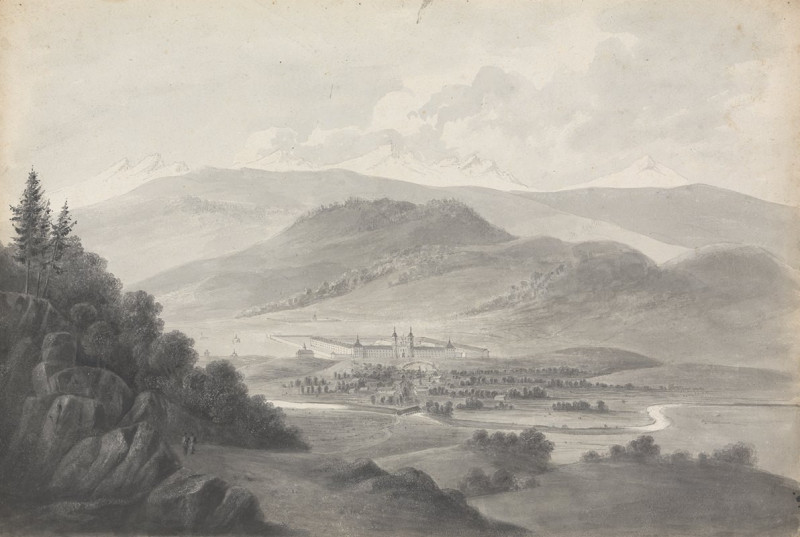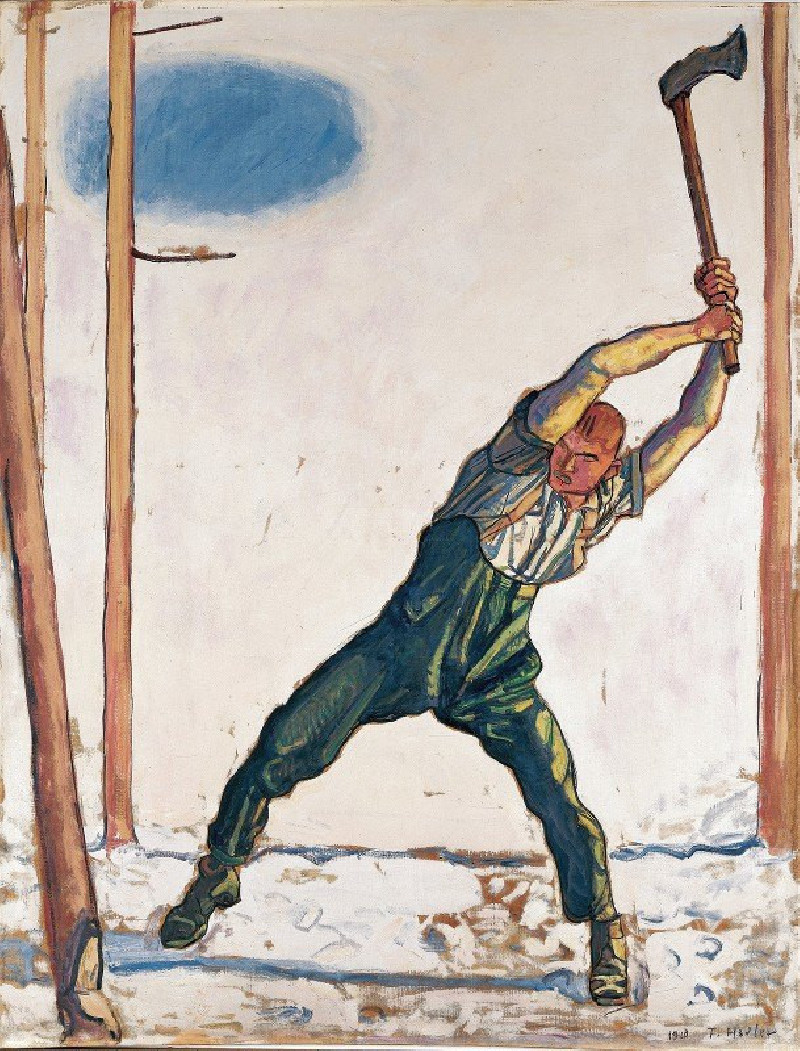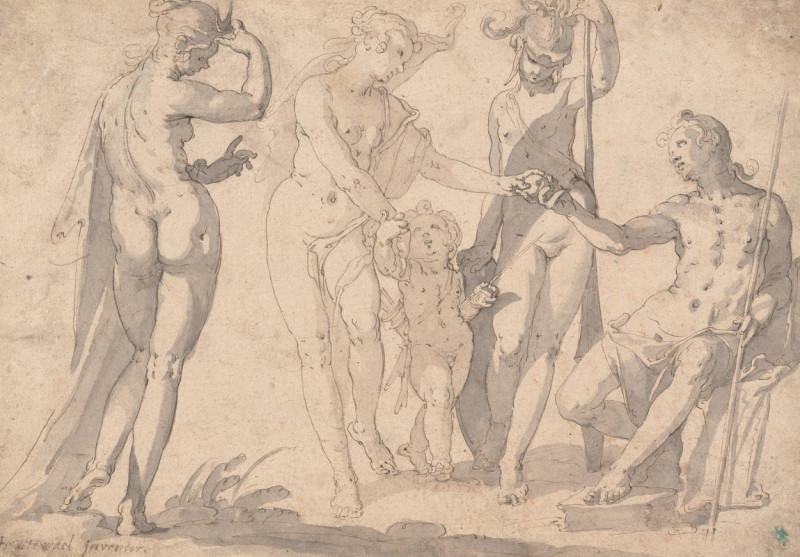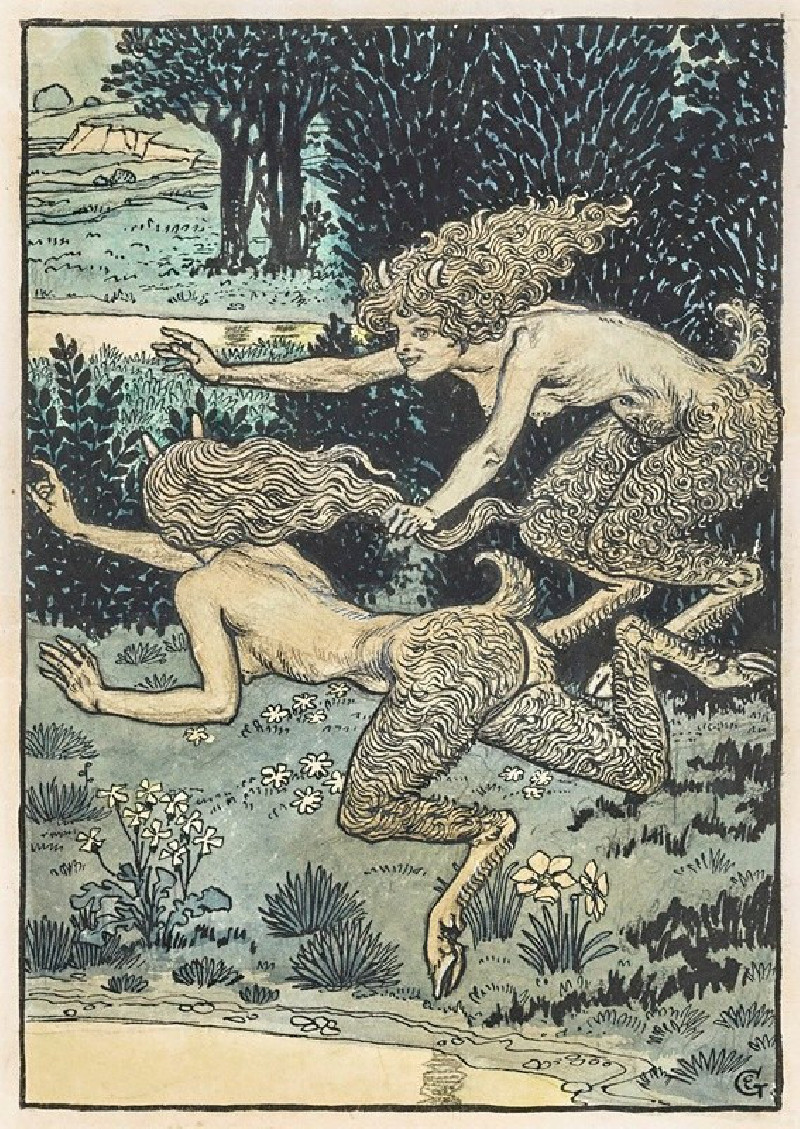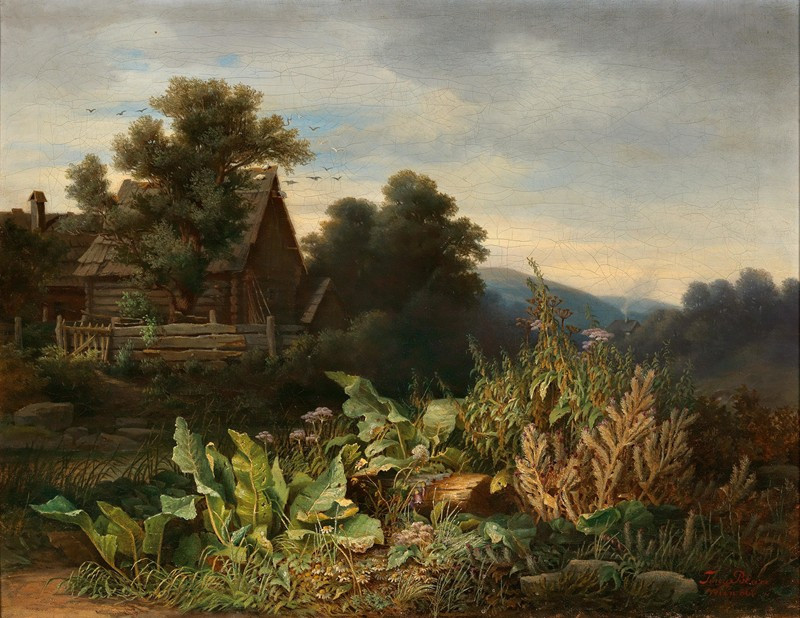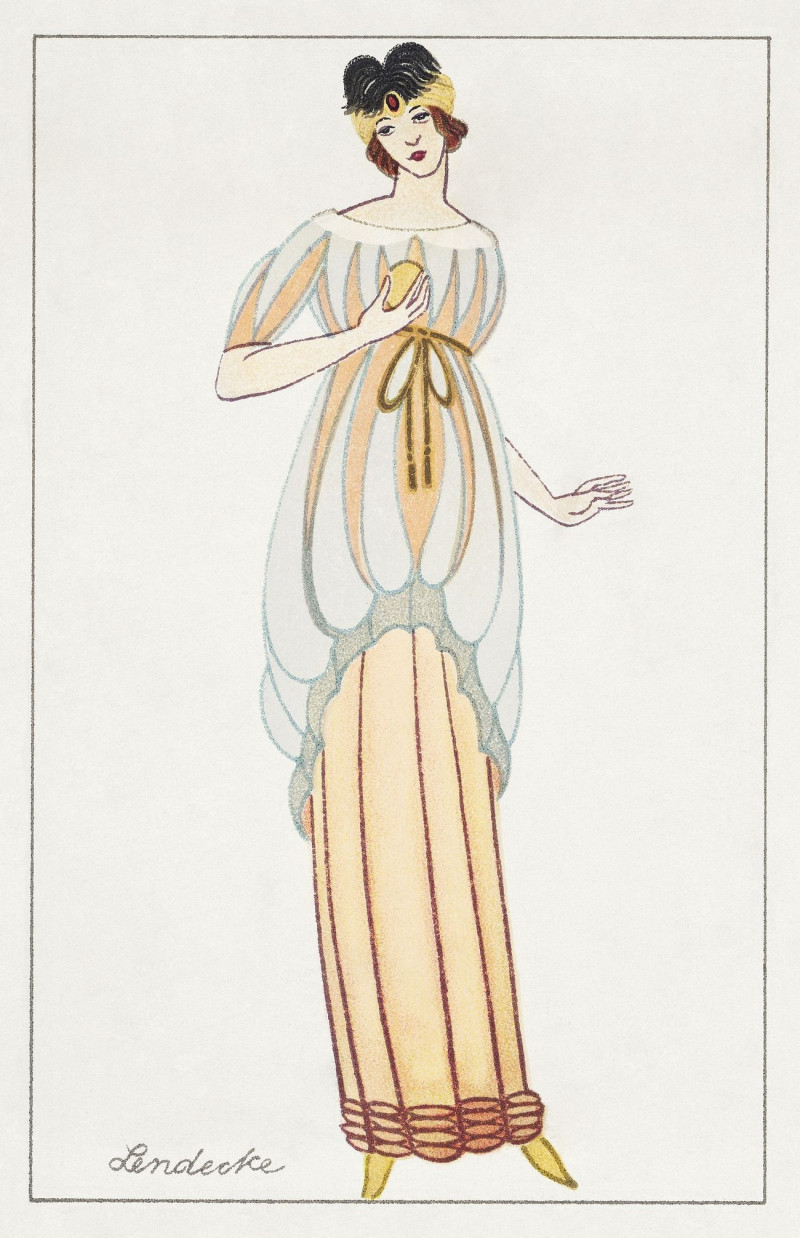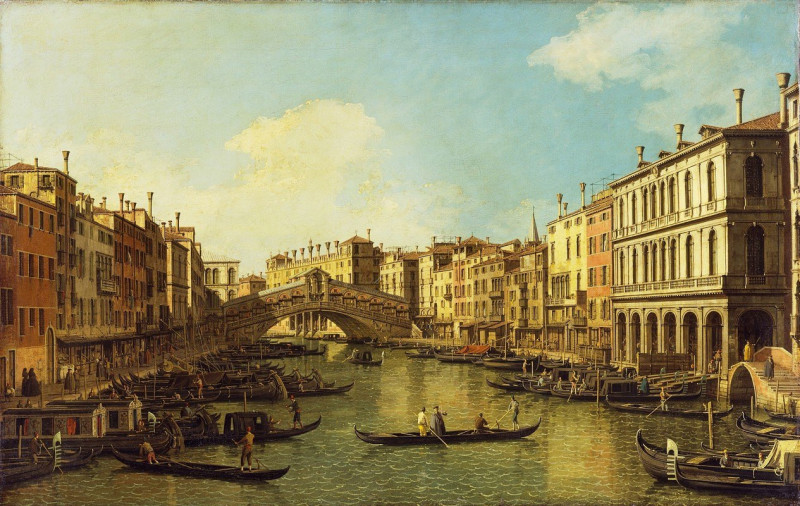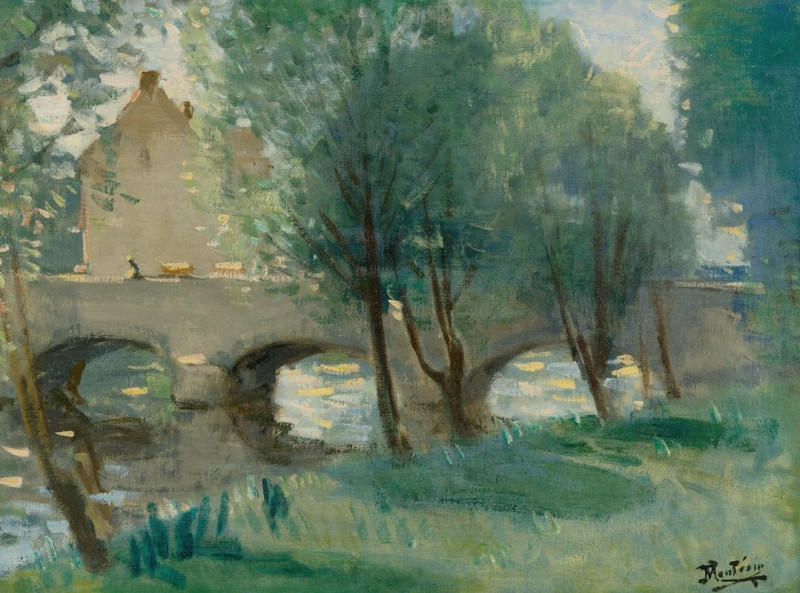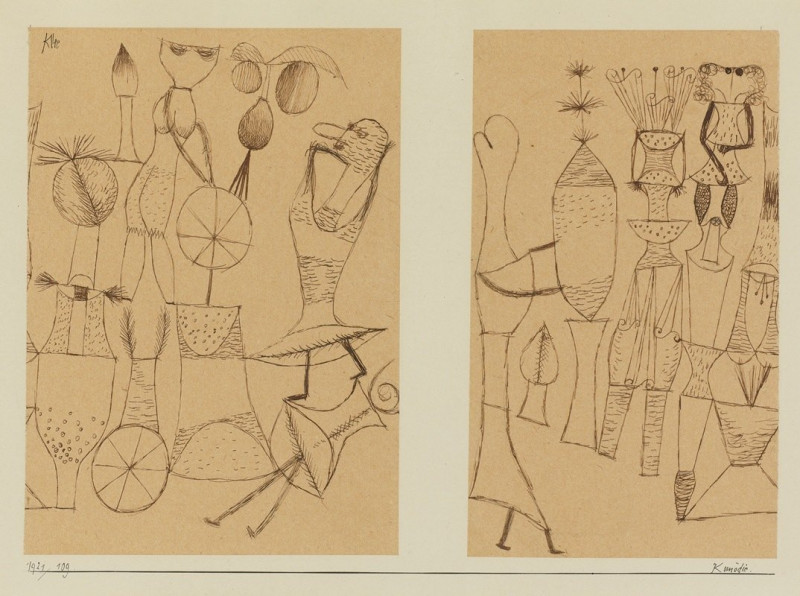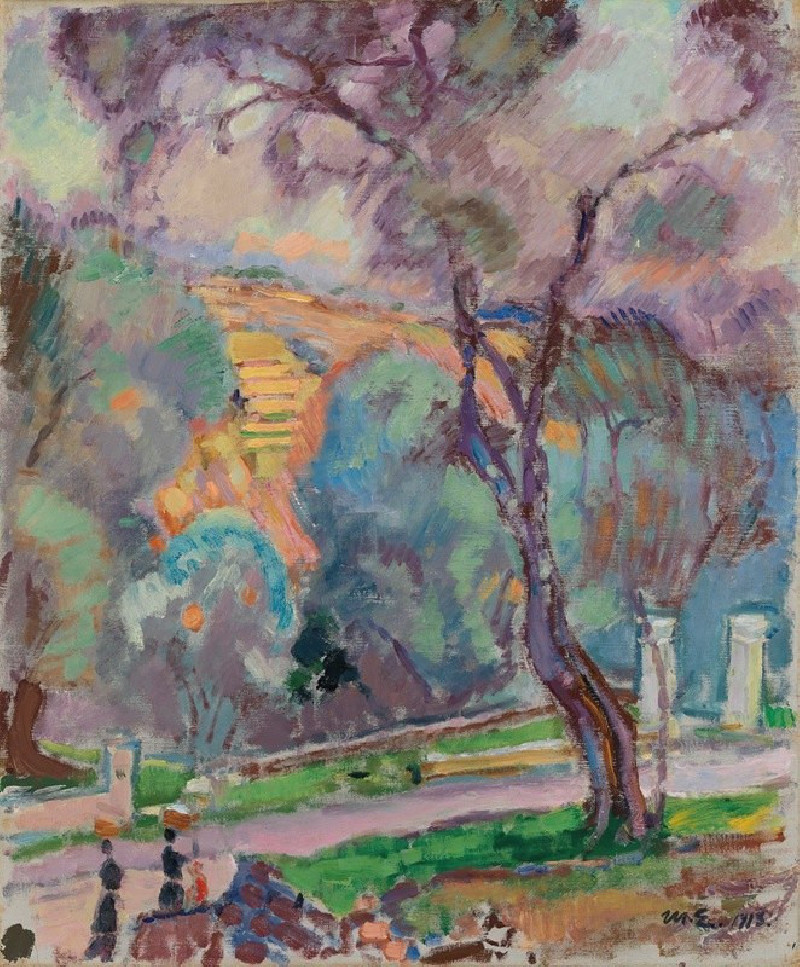Dr. Hans Bütow (1925)
Technique: Giclée quality print
Recommended by our customers
More about this artwork
Ernst Ludwig Kirchner, a leading figure in the German Expressionist movement, masterfully crafted the portrait of Dr. Hans Bütow in 1925. This artwork showcases Kirchner's distinctive style, characterized by sharp lines and a raw, emotive force, encapsulating the psychological intensity the artist is celebrated for.The portrait titled "Dr. Hans Bütow" captures the visage of Kirchner's subject using bold, angular lines that carve out the facial features in a simplified yet striking manner. The subject's eyes stare directly at the viewer, creating a sense of confrontation and immediacy. Kirchner uses a series of lines to form the hair and facial structures, adding depth and character to the figure. Each line, while simple, is expressive, conveying a sense of the inner life of Dr. Bütow.The artwork, primarily a sketch, stands out for its lack of color, relying only on the contrasting strokes against the natural tone of the paper. This minimalistic approach highlights Kirchner’s skill in capturing essence and mood with minimal embellishment. The portrait not only serves as a visual study but also as a psychological portrait, reflective of the complexities of human character.Perfect for aficionados of modern art and enthusiasts of psychological portraiture, this piece by Kirchner exemplifies the innovation and intensity of the Expressionist movement.
Delivery
Returns
Ernst Ludwig Kirchner (1880–1938) was one of the most important German Expressionist painters. He was a co-founder of Die Brücke, a group of German expressionist artists formed in Dresden in 1905. Die Brücke and Kirchner took inspiration from Vincent Van Gogh and Edvard Munch, as well as African and Oceanic art. They used woodblock printing as a medium to showcase their signature style: flat, unrealistic images with vivid colors. The recurring themes in Kirchner's artworks included exotic cultures, faraway landscapes, self-portraits, dancers and Berlin street life. His paintings and prints effectively portrayed non-European cultures despite the fact that he never traveled outside of Europe.

































